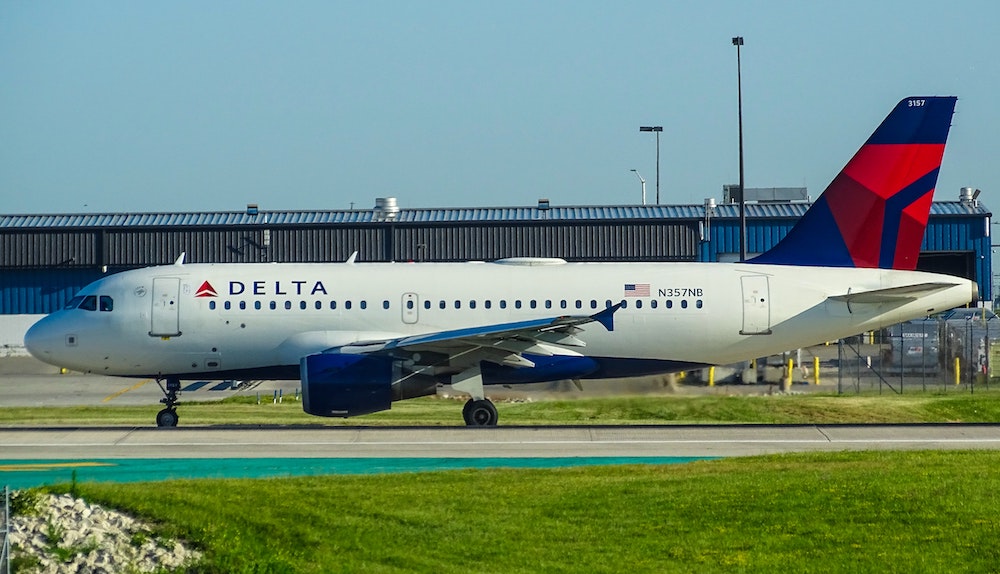Why Delta Airlines Is Looking Forward To Next Year
This article is more than 2 years old

Over the past 40 years, it’s been more common to hear things about someone who had a legitimate UFO or Big Foot sighting than an airline executive making positive comments about their company’s financial stability and health. The words that normally surround one of our national air carriers when they make the news are bankruptcy, corporate restructuring, and being financially insolvent. This may be the dawn of a new period in aviation because Delta Airlines feels that the travel boom is not over, and they are expecting their adjusted earnings to double from the originally forecasted amount up to $6 per share in 2023.
It may be hard to believe, but it’s true. Delta Airlines is estimating a 15% to 20% jump in their revenue in 2023 over their 2022 performance. According to CNBC, “Free cash flow will likely rise from more than $2 billion next year to more than $4 billion in 2024, a sharp turnaround from 2020 when Delta posted a record loss.”
Delta Airlines is planning on using the higher-than-anticipated available cash flow to pay down more of its debt over the next two years. You can almost hear the cheers from Delta’s creditors, who like most lenders, chalk up mounting airline credit debt to inevitable future bankruptcy court proceedings.
All the other National Airlines companies are not reporting the same sunny outlook. Jet Blue cited that the expected last-minute demand for holiday travel has been lower than their initial forecasts. United Airlines CEO Scott Kirby referenced that the business travel sector had plateaued, and they were not anticipating any more gains in that area. This concern was also echoed by Alaska Airlines, who stated in a recent filing that even though they are seeing solid demand for bookings, they are also seeing a modest softening in corporate travel bookings.
The airline industry has returned to profitability in 2022 thanks to the upswing in travel demand and consumers not being phased by the higher-than-usual ticket prices. Those fare hikes were the main driver in the airline’s push to offset the price of higher fuel costs. However, the airlines did have to cut back some of their routes and scale back their original plans for capacity growth because plane manufacturers are having a difficult time producing aircraft due to supply chain disruptions caused by the pandemic.
Since Delta Airlines was decidedly more methodically conservative in their plans regarding increasing their capacity to pre-Covid levels. The Atlanta-based airline is aiming to have the capacity of its fleet back to 2019 levels by the summer of 2023. That is the driving factor in how Delta Airlines can have such a positive outlook for the financial future of their company.
Investors seem to agree with this outlook because Wednesday shares for the airlines rose almost 2.8% to a close of $34.31 per share. Delta also announced yesterday that they raised their company’s fourth-quarter earnings forecast from $1 to $1.25 per share up to $1.35 to $1.40 per share. Delta is also expecting that it will be able to report fourth-quarter revenue to be 7% to 8% higher than it was in 2019.
This is great news in an industry that typically makes its way into the national news when it has bad news to report, like a company’s bleak financial future. Delta Airlines is setting a new industry trend, and hopefully, we will see more positive results over the next year regarding the financial health of our National Airline carriers.





